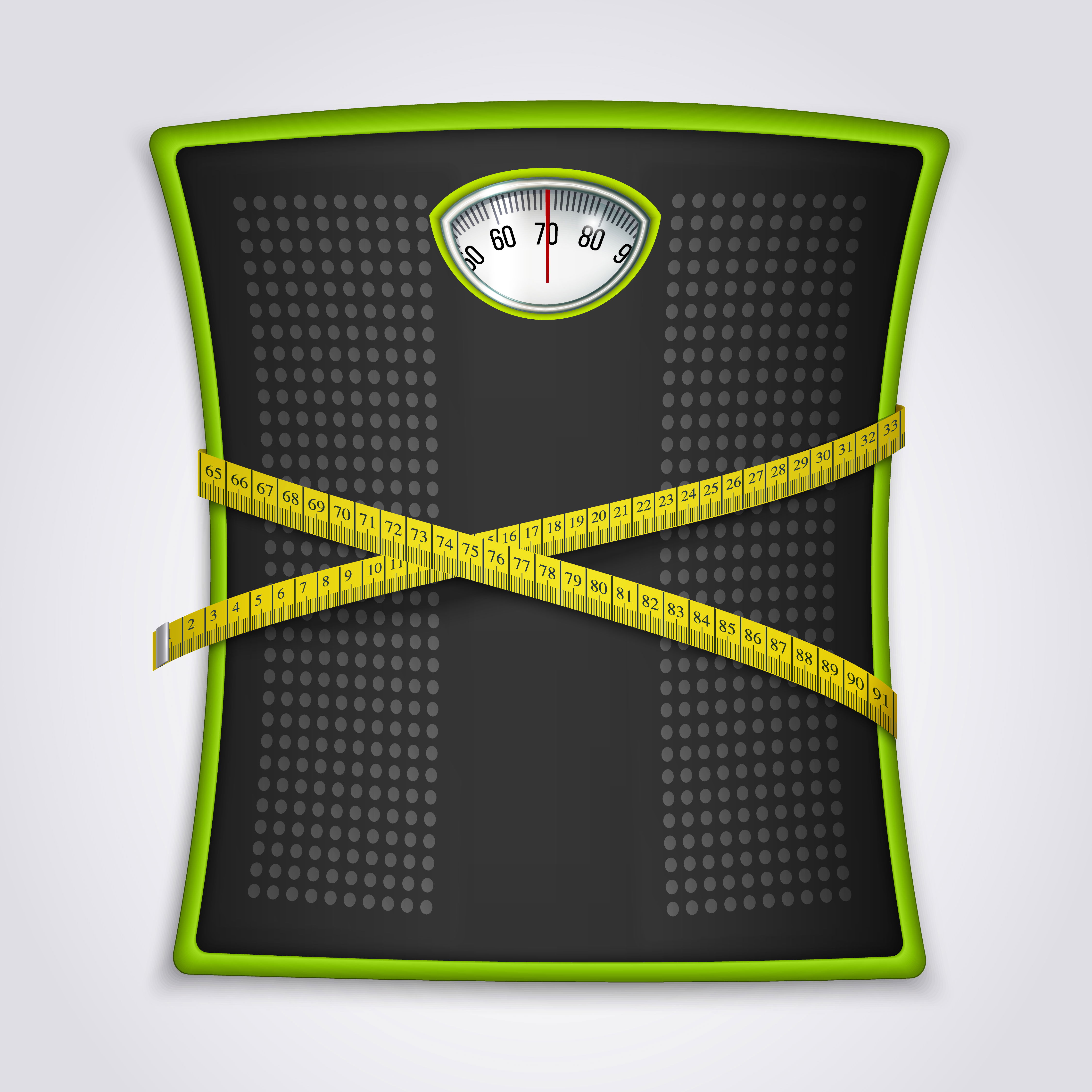Numbers Don't LIE -The Truth about BMI
Body mass index, or BMI, is a measure of body size. It combines a person’s weight with their height. The results of a BMI measurement can give an idea about whether a person has the correct weight for their height.
A reliable way to determine whether a person has too much body fat is to calculate the ratio of their weight to their height squared. This ratio, called the body mass index (BMI), accounts for the fact that taller people have more tissue than shorter people, and so they tend to weigh more.

The World Health Organization (WHO) states that for adults, the healthy range for BMI is between 18.5 and 24.9.
Overweight is defined as a body mass index of 25 to 29.9, and obesity is defined as a body mass index of 30 or higher. These BMI cut points in adults are the same for men and women, regardless of their age.
Worldwide, an estimated 1.5 billion adults over the age of 20-about 34 percent of the world’s adult population-are overweight or obese. By 2030, this is expected to rise to more than 3 billion people.
Risks of being overweight (high BMI) and physically inactive
If you are overweight (with a BMI over 25kg/m2) and physically inactive, you may develop:
- cardiovascular (heart and blood circulation) disease
- gallbladder disease
- high blood pressure (hypertension)
- type 2 diabetes
- osteoarthritis
- certain types of cancer, such as colon and breast cancer
- depression and other mental health disorders
A person’s BMI is not the only factor that affects this risk. Other tools for assessing whether or not a person has a healthy weight or body composition for them include waist-to-hip ratio, waist-to-height ratio, and body fat percentage.